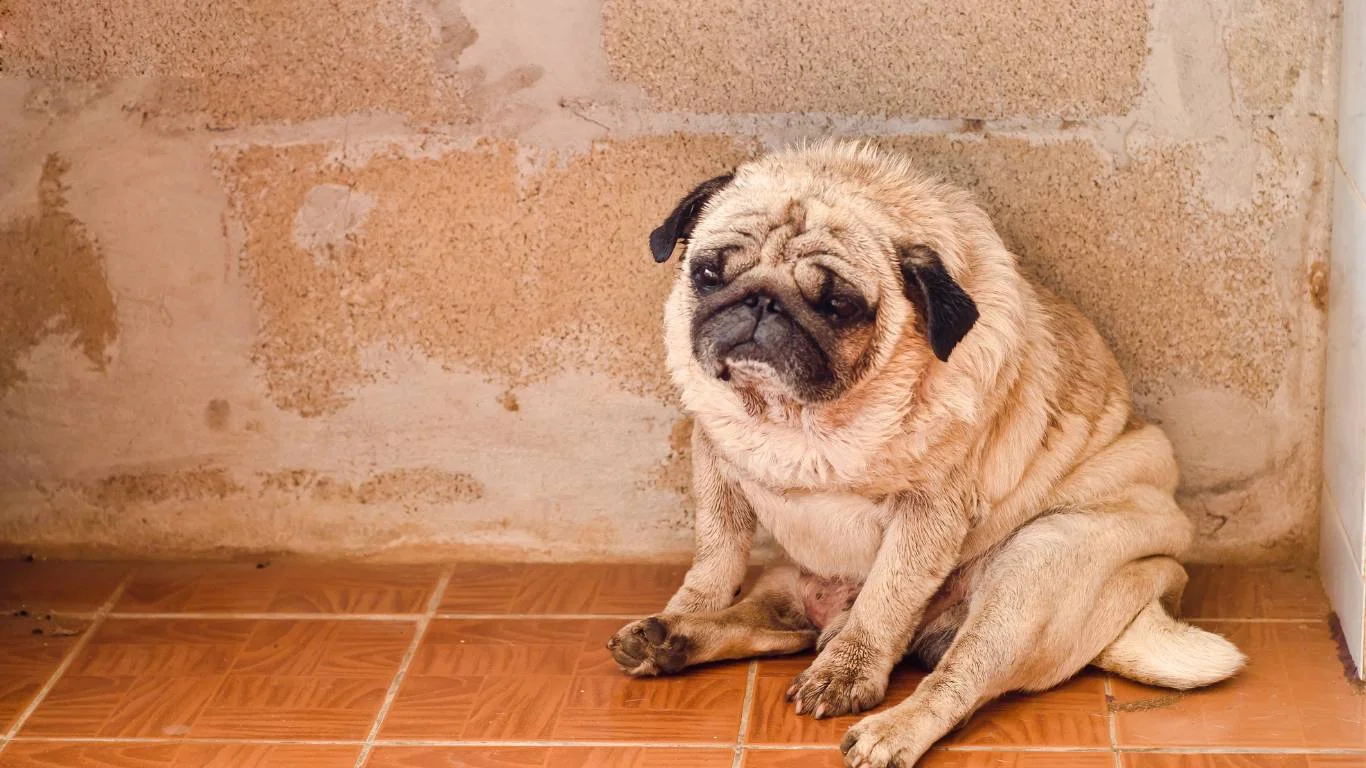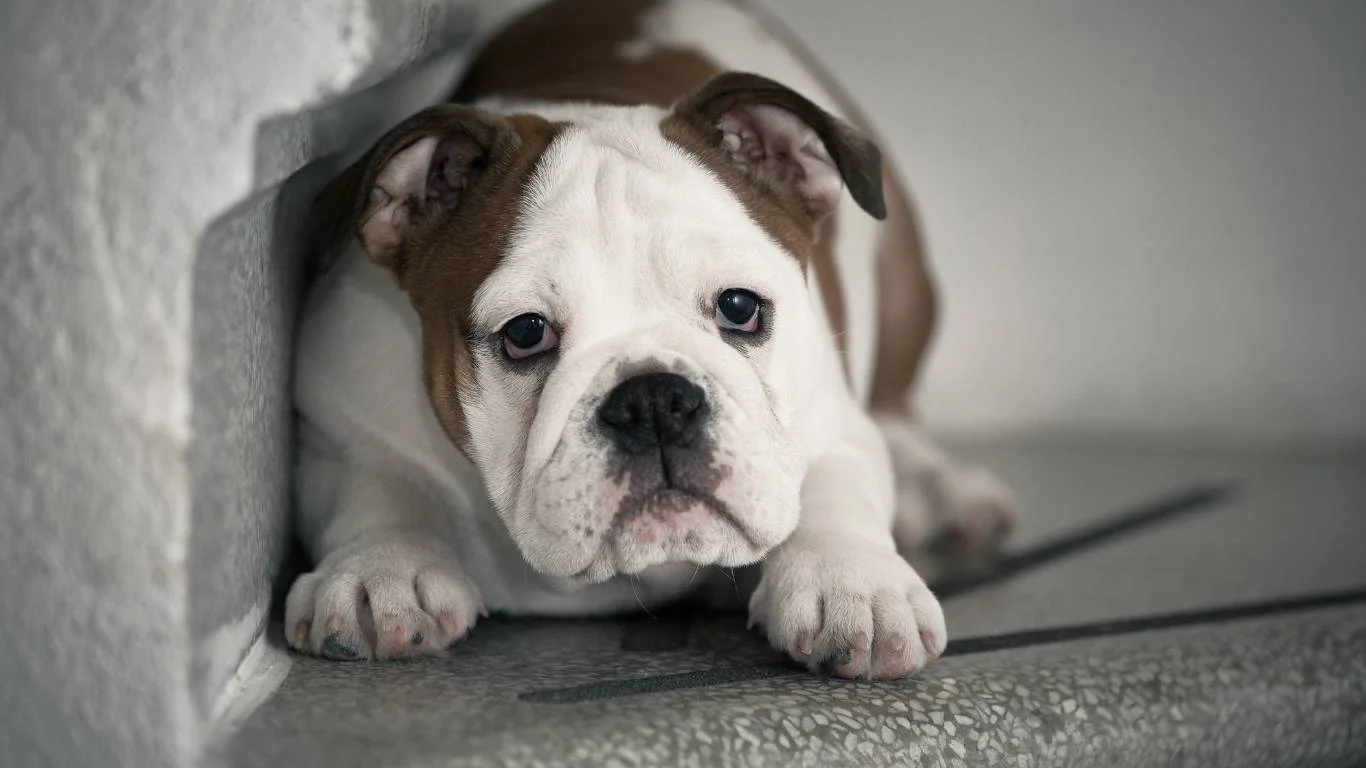What Does It Mean If Your Dog Has Black Gums? Expert Insights Revealed
Ever caught yourself wondering, what does it mean if your dog has black gums? You’re definitely not alone. As a veterinary assistant with a special focus on nutrition, I’ve seen quite a few pet parents walk into the clinic completely spooked by their dog’s dark-colored gums. Honestly, I get it. It’s not exactly something most folks expect to see when checking their pup’s mouth during playtime or brushing. But black gums aren’t always a red flag—sometimes they’re just part of your dog’s natural makeup. Still, there are moments when they can indicate something a bit more serious. Let’s dive into this weird but important topic and help you figure out when to chill and when to call your vet.
Common Causes of Black Gums in Dogs

One of the first things I ask pet owners who bring up this concern is: “Has your dog always had black gums, or is this something new?” That tiny detail makes a world of difference.
1. Natural Pigmentation
Just like people, dogs come in all shades—and so do their mouths! Some breeds are genetically predisposed to have dark or black gums. If you’ve got a Chow Chow, Shar Pei, or even a black Labrador, there’s a good chance those dark gums are completely normal. It’s just pigmentation, kind of like freckles or moles. I’ve seen so many concerned pet parents freak out, only for us to confirm it’s just a quirky breed trait.
2. Age and Breed Factors
Puppies can develop pigment spots as they age. I’ve watched a lot of pups come into our clinic pink-gummed and walk out a few months later with patches of black appearing. Totally natural. Certain breeds, especially those with darker skin or coat colors, often have melanin-heavy gums. These dark spots may be flat and smooth, without any swelling or sensitivity, which is usually your clue that it’s not a medical issue.
When Should You Worry?

Okay, now for the serious part. There are situations where black gums might not be so innocent. If this is a sudden change or comes with other symptoms, don’t brush it off. I always tell clients to keep an eye out for other signals that something might be wrong.
1. Gum Disease and Infections
We’re talking inflammation, bleeding, swelling, or even a funky smell coming from your dog’s mouth. If the black color appears suddenly and is accompanied by any of these symptoms, it could be a sign of gum disease or infection. I once had a sweet senior beagle come in with dark, sore-looking gums. Turned out she had a bacterial infection that needed quick treatment. So don’t wait if you see discomfort paired with dark gums.
2. Oral Melanoma
Yep, the scary stuff. While not super common, oral melanoma is a type of cancer that can appear as dark spots or masses on the gums. These aren’t usually flat and symmetrical like natural pigmentation. They can look raised, irregular, and sometimes ulcerated. If anything looks suspicious, especially in older dogs, your vet might recommend a biopsy. Better safe than sorry.
3. Toxin Ingestion or Health Issues
Believe it or not, black or dark gums can sometimes signal internal issues, like a lack of oxygen in the blood (cyanosis), or even poisoning. I had a client rush in with her terrier after he chewed on something in the backyard—his gums went from pink to this weird grayish-black. That turned out to be a reaction to ingesting a toxic plant. Immediate treatment saved his little life.
How to Tell the Difference

So how do you tell if it’s normal or not? Here’s a quick cheat sheet I give my clients:
- Natural: Even color, no swelling, no smell, smooth texture
- Concerning: Sudden appearance, bleeding, foul odor, swelling, raised spots
If you’re unsure, snap a picture and show your vet. I love when clients bring photos—it helps track changes over time and gives us a reference point.
Helpful Tip from Experience
If your dog’s gums are black and you’re still worried, do the good ol’ capillary refill test. Gently press your finger against their gum until it turns pale, then release. It should return to pink within 2 seconds. If it doesn’t, or if the area stays dark or ashy, call your vet ASAP.
What Does It Mean If Your Dog Has Black Gums After an Injury?

So here’s something I’ve run into more than once—pet parents bringing in their dogs after a rough play session or minor accident, only to notice black gums later on. If the dark coloration pops up after a known injury, you’re likely looking at a bruise, not natural pigmentation.
Bruising in dogs can show up as dark patches on the gums, especially in areas where the tissue is soft and thin. One time, I had a goofy Golden Retriever who collided full-speed into a fence (yep, chasing a squirrel). The next day? A dark purpley-black spot on his upper gum. It looked alarming, but it faded within a few days as the bruising healed. Still, it’s always smart to let your vet take a look if you’re unsure, just to rule out internal trauma or bleeding disorders.
When Bruising Could Be a Bigger Deal
While some black spots are just minor trauma, extensive or recurring gum discoloration—especially if paired with lethargy or nosebleeds—could point to a clotting disorder like thrombocytopenia. That’s not super common, but I’ve seen it more than once. Trust your instincts here; if something feels off, better to check it out.
How Nutrition Plays a Role in Gum Health

Here’s where my nutrition background kicks in. Believe it or not, what your dog eats can absolutely affect their gum health. No, food won’t cause your dog’s gums to suddenly turn black, but poor nutrition can lead to gum disease and inflammation, which might change the way their mouth looks and feels.
Key Nutrients That Support Oral Health
Over the years, I’ve recommended certain nutrients that can really boost gum and dental health. Some of the top contenders include:
- Vitamin C: Helps support gum tissue and fight inflammation
- Omega-3 Fatty Acids: Natural anti-inflammatory agents (especially good for senior dogs)
- Antioxidants: Found in blueberries, spinach, and some high-quality dog foods—these help fight gum cell damage
- Zinc: Supports immune function and helps prevent periodontal disease
I had a lovely older Cocker Spaniel patient who was always prone to tartar and bleeding gums. We switched her to a balanced, vet-formulated diet rich in antioxidants and omegas, and within weeks her gums looked healthier and less inflamed. Little changes can really add up!
Raw vs. Kibble Debate
This comes up a lot: “Does kibble clean teeth better?” Well, kind of. Dry kibble can help scrape away plaque, but it’s not a substitute for brushing or dental chews. And raw diets, if not properly balanced, can actually put your dog at risk of deficiencies that impact gum and immune health. Personally, I think balance is key. The best diet is the one that fits your dog’s needs and is backed by your vet’s input.
How to Monitor and Maintain Gum Health at Home

If you’re the kind of pet parent who likes to stay on top of things (and kudos to you if you are!), then here’s how to keep an eye on your dog’s gums like a pro.
Weekly Gum Checks
Make it a habit to check your dog’s gums weekly. Lift their lips and gently inspect for any color changes, swelling, or unusual textures. It helps if you start this early when they’re puppies, so they grow up used to it. I always recommend pairing gum checks with something fun—like a belly rub or treat—to make it positive.
Signs to Watch Out For
Here’s a quick list I usually give out in the clinic. If you notice any of these during your home checks, it’s vet time:
- Black spots that appear suddenly or change shape/size
- Swelling, bleeding, or foul odor
- Gums that feel bumpy, raised, or ulcerated
- Signs of pain while eating or chewing
One of my clients, a Boxer named Teddy (sweetest guy ever), had a small black bump on his gum that grew slowly over time. Because his owner did weekly checks, she caught the change quickly, and we were able to get a diagnosis and treatment started early. That kind of vigilance can literally save lives.
Tools You Can Use
If you want to be extra proactive, these can help:
- Dog-specific toothbrush and enzymatic toothpaste
- Dental chews approved by the Veterinary Oral Health Council (VOHC)
- Wipe-style dental cleaners (for fussy pups)
- High-quality food with oral health nutrients
Also, don’t sleep on your vet’s advice. Annual dental exams are your best line of defense. Even if your dog hates the vet (looking at you, Shiba Inus), it’s worth the struggle.
When to See Your Vet About Black Gums

Alright, let’s be real—sometimes, figuring out what does it mean if your dog has black gums can be tricky. With so many possibilities—from natural pigmentation to more serious health concerns—it’s completely normal to feel a little anxious. From my years working alongside vets and pet parents, the best rule of thumb is: if you notice sudden changes or your dog shows any other symptoms, don’t wait. Early intervention can make all the difference.
Here’s when you should definitely schedule a vet visit:
- New, unexplained black or dark spots that appear quickly or seem to be growing
- Gums that look swollen, ulcerated, or painful to the touch
- Bad breath or discharge coming from the mouth
- Changes in eating or chewing habits, such as reluctance to eat or dropping food
- Other signs of illness like lethargy, coughing, or unexplained weight loss
One memorable case that sticks with me was a lively Border Collie named Max. His owner noticed a dark patch on his gums that seemed to enlarge over a couple of weeks. Because they acted fast and brought him in, the vet was able to catch oral melanoma early. Max got treatment and a good prognosis. It just goes to show how important paying attention to even small changes can be.
Diagnostic Tools and Treatments for Black Gums

When you take your dog in, your vet will usually start with a thorough oral exam. Sometimes, they’ll recommend diagnostic tests to get to the bottom of what’s causing the black gums. Here’s what you might expect:
Oral Examination and Biopsy
If the dark gums look suspicious—like unusual lumps or rapidly changing pigmentation—a biopsy might be necessary. This involves taking a tiny tissue sample and sending it to a lab for analysis. It’s the gold standard to rule out cancer or infections. Although it sounds scary, it’s a relatively simple procedure done under mild sedation.
Blood Work and Imaging
To check if the problem extends beyond the mouth, vets may run blood panels or take X-rays. This helps spot infections, clotting problems, or tumors that might be lurking deeper. Based on these results, your vet will tailor a treatment plan that fits your dog’s specific needs.
Treatment Options
Treatment really depends on the diagnosis:
- Gum disease: Often treated with professional dental cleaning, antibiotics, and home care routines.
- Oral infections: Usually require antibiotics and sometimes anti-inflammatory meds.
- Oral melanoma or tumors: May need surgery, radiation, or chemotherapy, depending on the stage.
- Trauma or bruising: Usually just supportive care and monitoring.
When I was assisting during a dental surgery on a Labrador with severe periodontal disease, I was reminded how critical dental health is—not just for the mouth but for overall well-being. Dogs can’t tell us when their gums hurt, so spotting black gums combined with other signs might be the only clue.
Practical Tips for Keeping Your Dog’s Gums Healthy
Prevention is always better than cure, right? Here’s how to help keep your dog’s gums healthy and avoid scary surprises:
1. Regular Oral Hygiene
Daily brushing with a dog-safe toothpaste is a game changer. If your dog isn’t a fan of brushing, dental wipes or water additives can be good backups. The key is consistency.
2. Balanced Diet
As we talked about earlier, feeding your dog a balanced diet rich in antioxidants and anti-inflammatory nutrients supports gum health. Avoid sugary treats and table scraps that can promote plaque buildup.
3. Routine Vet Check-Ups
Make dental exams part of your annual vet visits. These professional cleanings and checks catch problems early and keep your dog comfortable.
4. Chew Toys and Dental Treats
Chewing is natural for dogs and can help mechanically clean teeth. Opt for vet-approved dental chews and safe toys to keep those gums stimulated and healthy.
Remember, your dog’s mouth is the gateway to their overall health. Taking a little time to monitor and care for their gums can prevent big issues down the road. If you ever wonder what does it mean if your dog has black gums, trust your instincts and consult your vet. Your furry friend’s smile is worth it!
References
- American Veterinary Medical Association
- Veterinary Information Network
- American Animal Hospital Association
- World Small Animal Veterinary Association
Disclaimer
This article is intended for informational purposes only and should not replace professional veterinary advice, diagnosis, or treatment. Always consult your veterinarian if you have concerns about your dog’s health, especially regarding changes in gum color or other symptoms.






